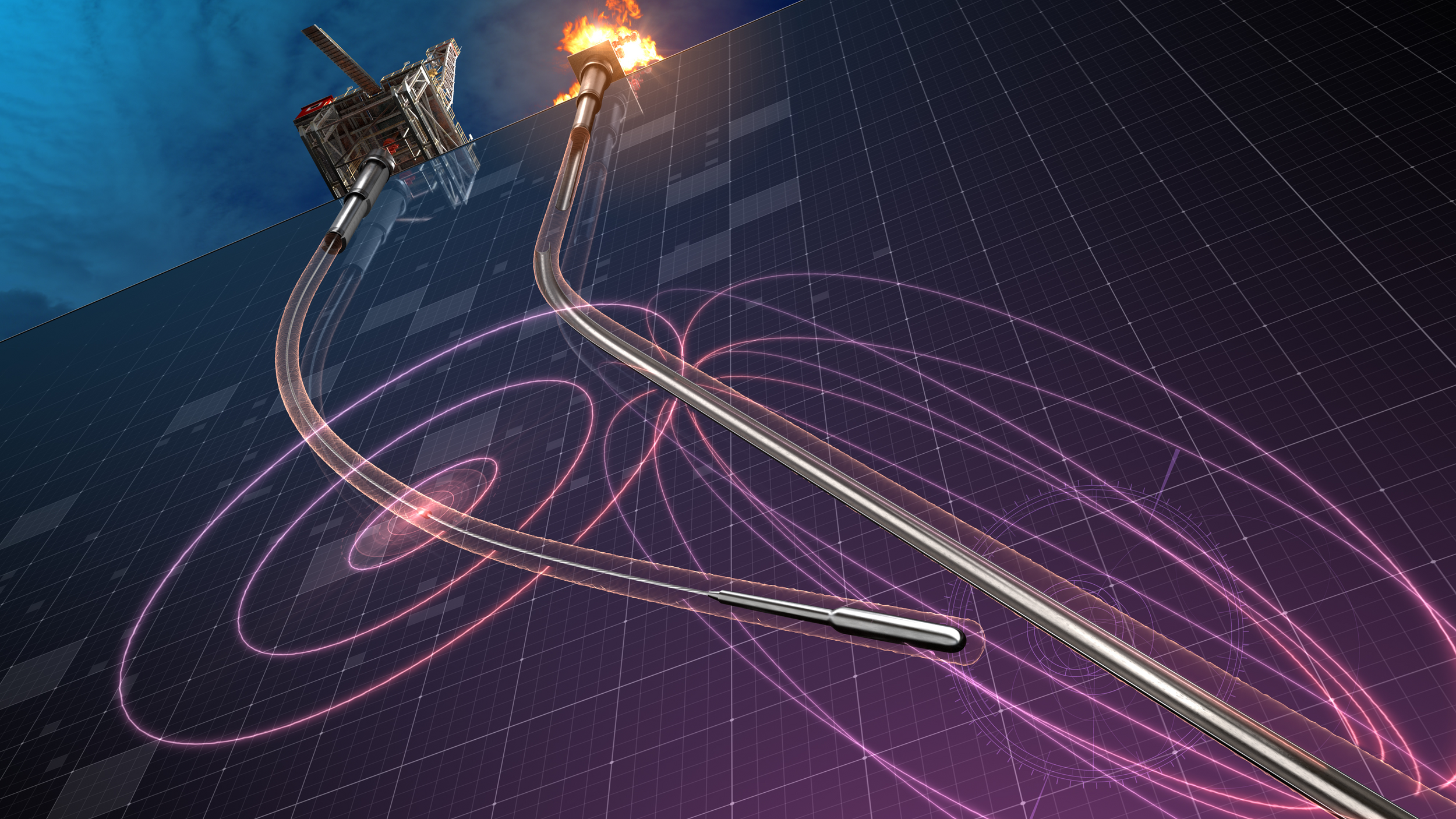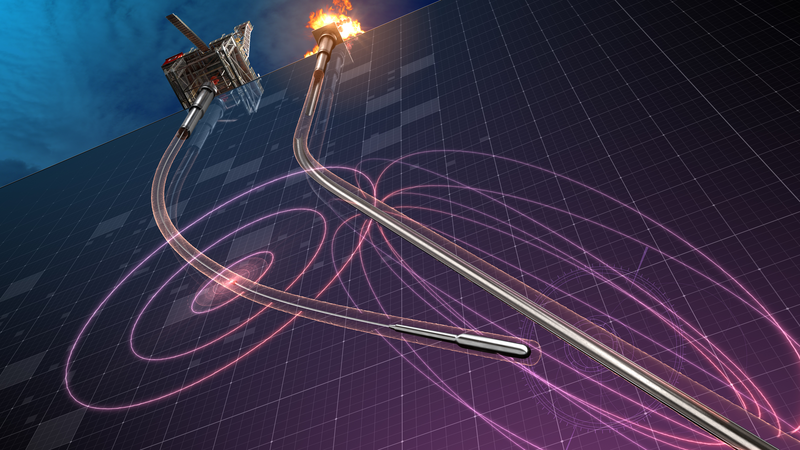 Search
Search
 Search
Search

Active magnetic ranging avoids numerous sidetracks to save blowout
Download PDFMature fields

Address blowout lacking surveys through a relief well

Indonesia

In Indonesia, an operator had a 2,160-ft (658-m) well blowout that was on fire. One of the first options for addressing a blowout is a surface intervention. However, the surface location of this well was compromised and not accessible; thus, a relief well was deemed to be the only viable option to complete an intersection and stop the blowout. To help ensure the safety for all people working, the relief well location was constructed 492 ft (150 m) northeast, away from the target well location, creating a challenge to quickly close the separation at such a planned shallow vertical depth of approximately (640 m) 2,100 ft, so that enough true vertical depth (TVD) was still available to intercept the target well. Additionally, the blowout well lacked surveys, which increased the ellipse of uncertainty (EOU) and made ranging detection more critical to locate the well. Therefore, it was imperative that the ranging service provided the largest possible depth of investigation.
A ranging study was completed to optimize and choose one of three well plan trajectories to intersect the target well. The relief well was planned based on the features of the WellSpot service, which has the industry’s leading detection range and accuracy. Sperry Drilling independent-access ranging service provided a solution to determine a direction and distance between wellbores and to guide the relief well into the target well. The WellSpot active magnetic ranging service was considered to be the most viable option to guide the relief well with passive ranging service supplementing the WellSpot data if sufficient magnetic signature was observed on the measure-while-driving (MWD) surveys.
To avoid any collision with the target well, the first WellSpot run was planned at a depth where the separation factor was slightly greater than 1, which is when the EOUs of the target well and relief well are just out of contact. The initial detection of the target well was established at a distance of 26 ft (8 m), and the ranging team continued drilling the relief well to gather more data to establish a confident position of the target well. While ranging, the acquired information indicated the interception was not possible; however, the ranging data did provide positional certainty and a better understanding of the direction of the target well. Sperry Drilling experts planned an additional mapping sidetrack to better refine the position of the target well by using a triangulation technique to locate the target well with accurate distance and direction measurements. With the additional capabilities of the ranging service, Sperry Drilling used passive ranging to substantiate the active magnetic ranging results and to confirm the location of the target well. After the mapping sidetrack was complete, the relief well now had the best chance to intercept the target well at the planned depth, and a final sidetrack was drilled to follow the target well and align the relief well for intersection. At approximately 4 in. (102 mm) from edge-to-edge contact between wells, hydraulic communication occurred, and a kill fluid followed by cement was pumped to kill the blowout.
ft. well blowout
In the high profile environment involving a blowout well where equipment was destroyed and flammable gas and fluid surrounded the rig, establishing early ranging detection reduces both costs and the severe environmental damage. With both active and passive magnetic ranging services to map and intercept an un-surveyed target well in the shortest possible time, Sperry Drilling magnetic ranging services saved numerous sidetracks, which can amount to hundreds of thousands of dollars if a third party only provided passive magnetic ranging services.

WellSpot™ active magnetic-ranging systems use precise sensors to provide data for multiple drilling applications.

Magnetic ranging solutions demonstrate a well-established history of expertise, proving our dedication to precision when navigating the intricacies of well proximity applications.
